Rucksack vs Backpack: Picking the Perfect Travel Companion in 2023
Knowing the difference between a rucksack and a backpack is crucial for choosing the right gear. Whether you’re a traveler, hiker, or daily commuter, this knowledge ensures you pick the perfect companion for your journey’s comfort and convenience.
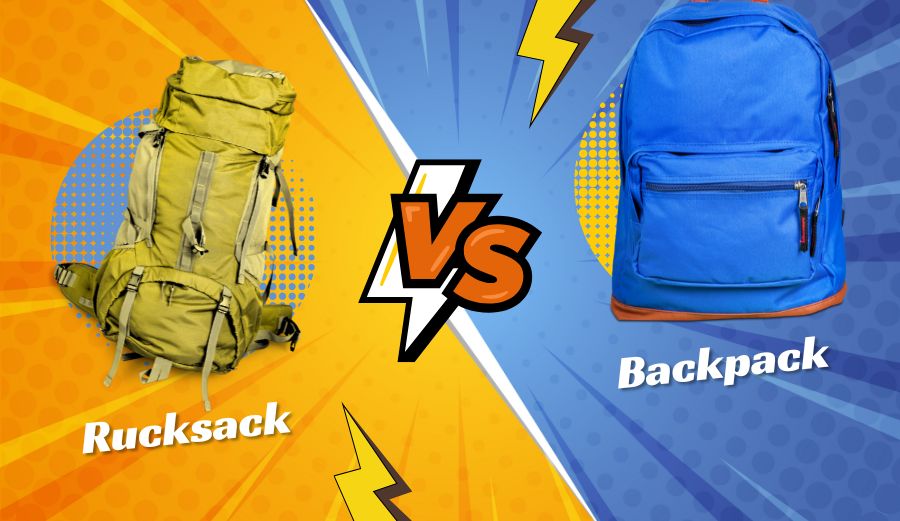
Are you tired of the endless debate: Rucksack vs Backpack? The struggle to find the perfect bag is real, but fear not because we’re here to unravel the mystery! Have you ever wondered if you’re carrying the right load? Are you making the most out of your bag’s potential?
Join us on this journey of discovery as we delve into the world of carry companions. We’ll highlight the distinctions between rucksacks and backpacks, helping you make informed choices for your daily grind, outdoor adventures, or globetrotting escapades. It’s time to find your perfect match!
Table of Contents
ToggleUnderstanding the Basics
In the world of bags and carry companions, starting with the basics is essential. Let’s break down what rucksacks and backpacks are and clearly understand their primary functions.
Rucksacks and Backpacks Defined: Both rucksacks and backpacks are bags designed for carrying items on your back. They come equipped with straps that allow you to comfortably wear them while leaving your hands free.
Popularity Across the Board: These trendy, versatile bags have earned their place in various aspects of our lives. From students to professionals, travelers to outdoor enthusiasts, rucksacks and backpacks have become integral to our daily routines.
The Confusion Lurking Around: Despite their ubiquity, there’s a fair amount of confusion surrounding these terms. Many people use “rucksack” and “backpack” interchangeably, leading to misconceptions about their differences. In the upcoming sections, we’ll untangle this confusion and clarify the distinctive features and uses of rucksacks and backpacks.
Anatomy of a Backpack
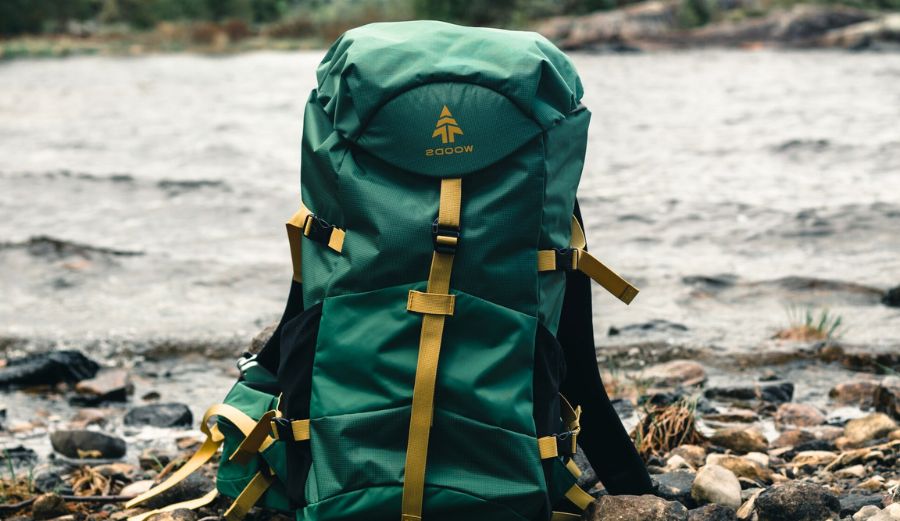
Now that we’ve covered the basics, let’s dive into the fascinating world of backpacks. These trusty carry companions come in various shapes and sizes. Still, they all share some standard features that make them versatile and widely used.
Shoulder Straps: One defining characteristic of a backpack is its two shoulder straps, allowing for even weight distribution across your shoulders and back. These straps are typically padded for comfort during extended wear, making them ideal for various activities.
Compartments Galore: Backpacks are known for their compartments, pockets, and organizers. From the main room for more oversized items to smaller pockets for essentials like keys and wallets, these bags keep your belongings organized and accessible.
Design Variations: Backpacks come in a plethora of design variations. Some are sleek and minimalist, perfect for the urban commuter. Others are rugged and feature-rich, ideal for outdoor adventurers. Special backpacks are also tailored for specific purposes, such as hiking, biking, or carrying laptops.
Everyday Use: Backpacks are a part of our daily lives. They are the trusted companions of students carrying textbooks and notebooks to school. Professionals use them to transport laptops, documents, and office essentials to work. Travelers rely on them to take everything from clothes to toiletries, making them convenient carry-on options.
Evolution of Backpacks: Backpacks have evolved significantly since they were first introduced. The modern backpack has developed to meet the needs of an ever-changing world. From traditional canvas designs to high-tech, water-resistant materials, backpacks have adapted to various environments and uses. Innovative features like anti-theft zippers, USB charging ports, and ergonomic designs continue to shape the evolution of these indispensable bags.
As we explore further, we’ll uncover the evolution of backpacks and their counterparts, shedding light on their remarkable journey from functional necessities to fashion statements.
Rucksacks: More Than Just a Name
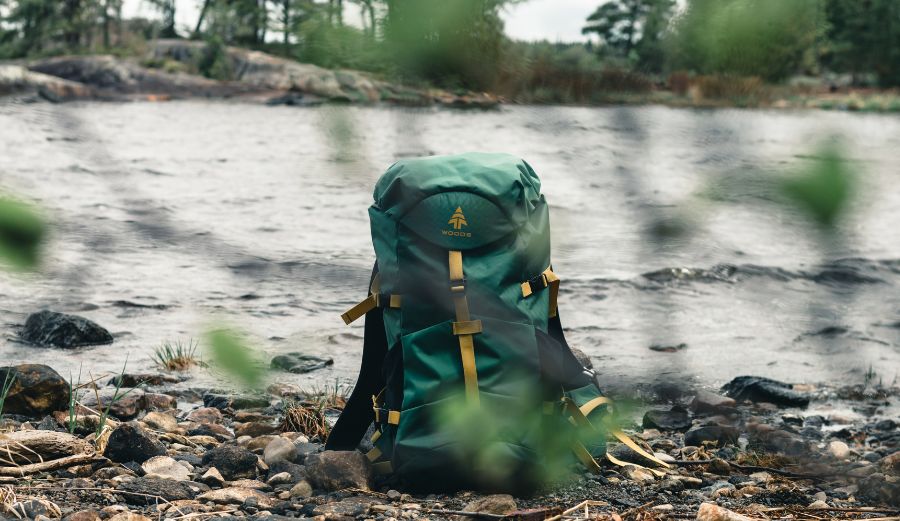
Beyond the confusion of terminology, “rucksack” is a term that carries a rich history and a set of distinctive attributes. Let’s unravel the essence of rucksacks and discover why they are more than just a name.
Historical Origins: The term “rucksack” finds its roots in the German language, with “der rücken” translating to “the back.” Historically, rucksacks were used by German soldiers during World War I and World War II. These bags, initially simple in design, allowed soldiers to carry their essential gear comfortably on their backs. This German heritage is why we commonly use “rucksack” today.
Distinctive Characteristics: What sets a rucksack apart from a standard backpack is its size, ruggedness, and load-bearing capacity. Rucksacks are typically larger, boasting ample storage space for extended journeys. They are built to withstand harsh outdoor conditions and are constructed from durable materials like waxed canvas or technical fabrics.
Load-Bearing Prowess: One of the standout features of rucksacks is their ability to bear heavy loads while ensuring the wearer’s comfort. They achieve this through well-designed straps, often complemented by padded hip belts and chest straps. These features distribute the weight evenly, allowing hikers and campers to carry substantial gear over extended distances without straining their shoulders or back.
Hiking and Camping: Rucksacks find their true calling in the great outdoors. Hikers and campers rely on them for their larger capacity, rugged construction, and exceptional load-bearing capabilities. Whether embarking on a day hike or a multi-day backpacking expedition, a rucksack becomes your reliable companion. Its ability to carry camping gear, provisions, and outdoor essentials makes it the go-to choice for those who venture into nature’s embrace.
As we delve deeper into comparing rucksacks and backpacks, we’ll continue to uncover the unique features and scenarios where rucksacks excel, helping you make informed decisions for your outdoor adventures.
Key Differences
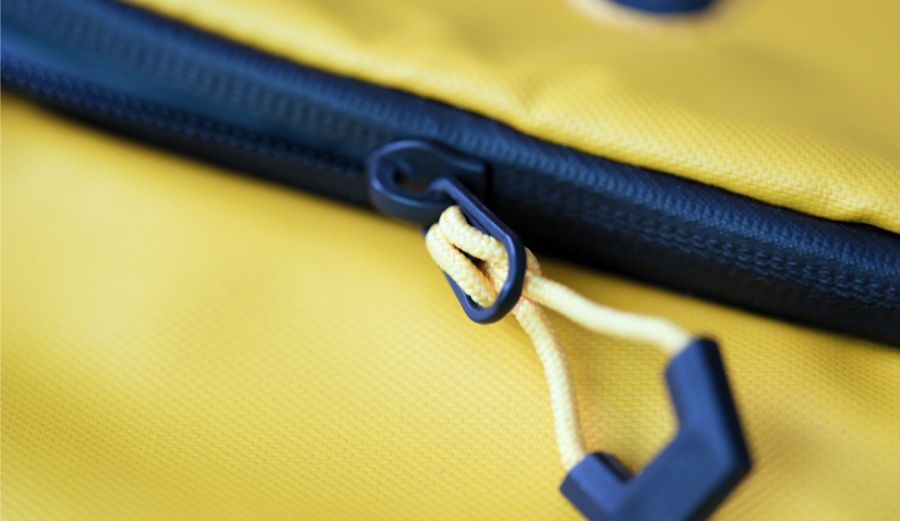
Now that we’ve explored the individual characteristics of rucksacks and backpacks, it’s time to bring them face to face for a side-by-side comparison. Let’s break down the key differences between these two versatile carry companions:
Size:
- Rucksacks are generally larger, offering more storage capacity for extended trips and outdoor adventures.
- Backpacks: Typically smaller and more compact, suitable for everyday use and urban settings.
Weight Distribution:
- Rucksacks: Designed for even weight distribution, with features like padded hip belts and chest straps that transfer the load to the hips, allowing users to carry heavier loads comfortably.
- Backpacks: Weight is often concentrated towards the back and shoulders, making them ideal for lighter loads and shorter journeys.
Load Capacity:
- Rucksacks: Known for their impressive load-bearing capacity, capable of carrying camping gear, provisions, and substantial outdoor equipment.
- Backpacks: Suited for smaller loads, making them practical for school, work, or daily commuting.
Design:
- Rucksacks: Rugged and built to withstand outdoor conditions with durable materials like waxed canvas or technical fabrics. Often feature multiple compartments and exterior attachment points for gear.
- Backpacks: Diverse in design, ranging from sleek and minimalist styles for urban use to specialized backpacks for various purposes, such as travel or sports.
As we continue our exploration, keep these key differences in mind, as they will help you determine the ideal choice based on your specific needs and preferences.
When to Choose a Backpack
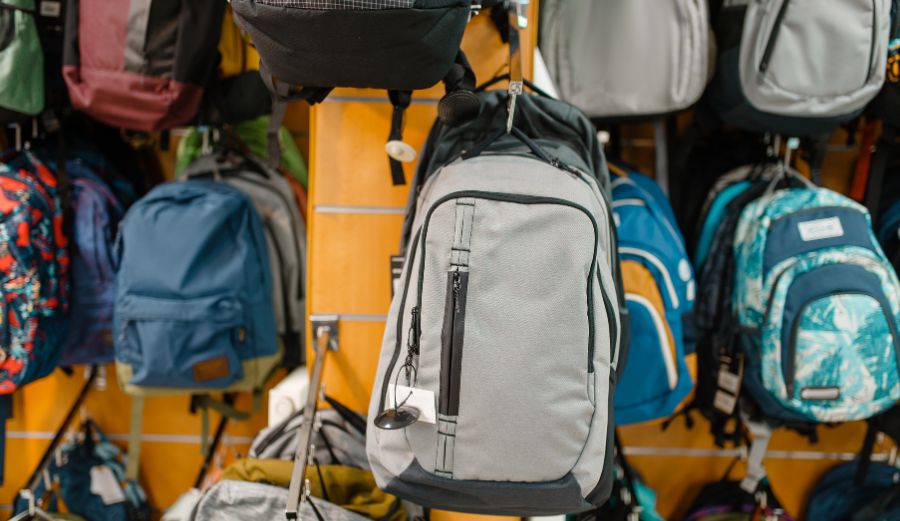
Backpacks are versatile and adaptable, making them the preferred choice in various scenarios and everyday situations. Let’s delve into when opting for a backpack is the best decision:
Daily Commute: A backpack is your trusted companion for the urban dweller navigating bustling city streets. It comfortably carries your essentials—laptop, tablet, notebooks, and more—while leaving your hands free for multitasking. Look for backpacks with padded laptop sleeves and organizational pockets to streamline your daily commute.
School and Campus Life: Students of all ages rely on backpacks to tote textbooks, notebooks, and school supplies. From elementary school to university, a well-designed backpack is essential for keeping educational materials organized and accessible. Some even come with specialized compartments for books and stationery.
Professional Settings: Backpacks have seamlessly transitioned into the professional world. They’re a staple for the modern office-goer who needs to transport work essentials with style and functionality. Choose from sleek leather designs or sophisticated, tech-friendly backpacks with compartments for laptops and business accessories.
Travel Companion: Whether you’re embarking on a weekend getaway or an extended international trip, backpacks offer an excellent solution for travelers. Look for travel-specific backpacks with zippered panels for easy access, lockable zippers for security, and padded straps for comfort during long journeys.
Sports and Fitness: Sports enthusiasts and gym-goers can benefit from specialized sports backpacks that carry workout gear, water bottles, and accessories. These backpacks often feature ventilation systems and moisture-resistant compartments.
Fashion and Style: Beyond functionality, backpacks have become a fashion statement. A wide array of stylish backpacks are available, featuring unique prints, patterns, and textures. They’re perfect for expressing your style while still having a practical carry-all.
Outdoor Adventures: While rucksacks may excel in heavy-duty outdoor scenarios, backpacks also find their place in day hikes, biking trips, and other recreational activities. Lightweight and versatile backpacks are suitable for carrying essentials during short outdoor excursions.
In summary, backpacks are versatile companions for daily life, work, school, and travel. Their adaptability, comfortable design, and various styles make them the preferred choice for different situations. Whether you need a trusty companion for your daily commute or an expressive fashion statement, there’s a backpack for every purpose.
When to Opt for a Rucksack

Thanks to their unique design and capabilities, rucksacks truly shine in specific situations and activities. Let’s explore when choosing a rucksack is the optimal decision:
Outdoor Adventures: Rucksacks are the ultimate companions for outdoor enthusiasts. Whether embarking on a multi-day hiking expedition, a camping trip deep into the wilderness, or a rock-climbing adventure, rucksacks are your go-to choice. Their larger size and rugged construction allow you to comfortably carry camping gear, clothing, provisions, and outdoor equipment.
Extended Trips: For travelers planning extended journeys, rucksacks offer the advantage of ample storage capacity. A rucksack becomes your reliable travel partner if you’re exploring a foreign country for weeks or backpacking through diverse landscapes. It can accommodate clothing, toiletries, and travel essentials, reducing the need for multiple bags.
Even Weight Distribution: One of the key benefits of rucksacks is their ability to evenly distribute weight. They are designed with padded hip belts and chest straps that transfer the load to the hips and torso. This design minimizes strain on your shoulders and back, allowing you to carry heavy loads comfortably for extended periods.
Hiking and Trekking: When hitting the trails for long hikes or treks, the load-bearing capacity of a rucksack becomes invaluable. It allows you to carry essentials like food, water, first-aid kits, and extra clothing while maintaining balance and stability, especially on rugged terrain.
Military Applications: Rucksacks have a significant presence in military operations. They are often designed to meet the specific needs of soldiers in the field. Military rucksacks are durable and equipped with multiple compartments for gear and supplies. They may include features like hydration bladder compatibility and MOLLE webbing for attaching additional equipment.
Remote Expeditions: If your adventures take you to remote and challenging environments where access to supplies may be limited, a well-equipped rucksack can be a lifeline. It allows you to carry essential survival gear, making it a necessary choice for explorers and adventurers.
In summary, rucksacks are preferred for outdoor adventures, extended trips, and scenarios where even weight distribution is crucial. Their ruggedness, spaciousness, and support make them ideal for activities that demand carrying heavy loads comfortably. Whether you’re a hiker, camper, or military personnel, the benefits of a well-designed rucksack are unparalleled.
How to Make the Right Choice
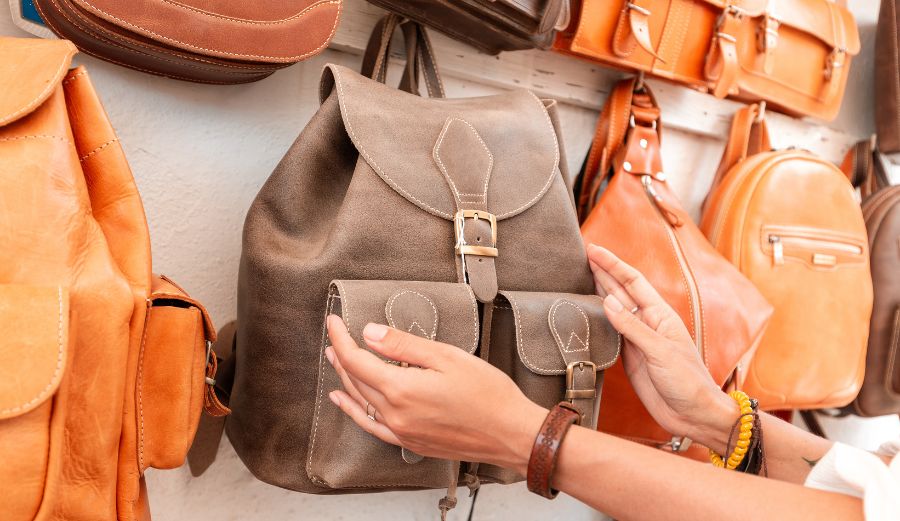
Choosing between a backpack and a rucksack can be challenging. It depends on your specific needs and preferences. Presenting a comprehensive guide to assist you in making the perfect selection:
1. Assess Your Needs:
- Activity Type: Consider the primary purpose of the bag. Are you commuting, hiking, traveling, or going to school?
- Load Weight: Estimate the weight you’ll typically carry. For heavier loads, a rucksack may be more suitable.
- Duration of Use: Think about how long you’ll wear the bag. Backpacks excel for short periods, while rucksacks are designed for extended wear.
2. Evaluate Comfort:
- Weight Distribution: If you’ll carry heavy loads, prioritize even weight distribution. Rucksacks are better equipped for this.
- Shoulder Comfort: Assess the padded straps and back support for Comfort during extended use.
- Fit: Ensure the bag fits your body size and shape comfortably.
3. Consider Versatility:
- Versatile Use: A backpack may be a more versatile choice if you need a bag for various activities.
- Specialized Features: Look for backpacks with dedicated compartments for specific needs like laptop storage.
4. Reflect on Style:
- Personal Style: Choose a bag that aligns with your unique fashion sense.
- Occasion: Consider where you’ll use the bag. A stylish backpack may suit urban environments, while a rugged rucksack fits outdoor adventures.
5. Ask Yourself Questions:
- How long will I wear it daily?
- What will I carry most often, and how heavy is it?
- Do I need multiple compartments for the organization?
- Is even weight distribution crucial for my activities?
- Will I use it primarily for urban settings or outdoor adventures?
6. Test It Out:
- Try on the bag with a representative load to assess Comfort and fit.
- Pay attention to features like zippers, pockets, and ease of access.
7. Read Reviews and Seek Recommendations:
- Research online reviews and seek recommendations from others who use similar bags for your intended purpose.
8. Budget Consideration:
- Determine your budget, but remember that investing in a quality bag can pay off in durability and Comfort.
By following these steps and asking relevant questions, you can make an informed decision when choosing between a backpack and a rucksack. Remember that the right choice ultimately depends on your unique requirements and preferences.
Real-World Examples and Recommendations
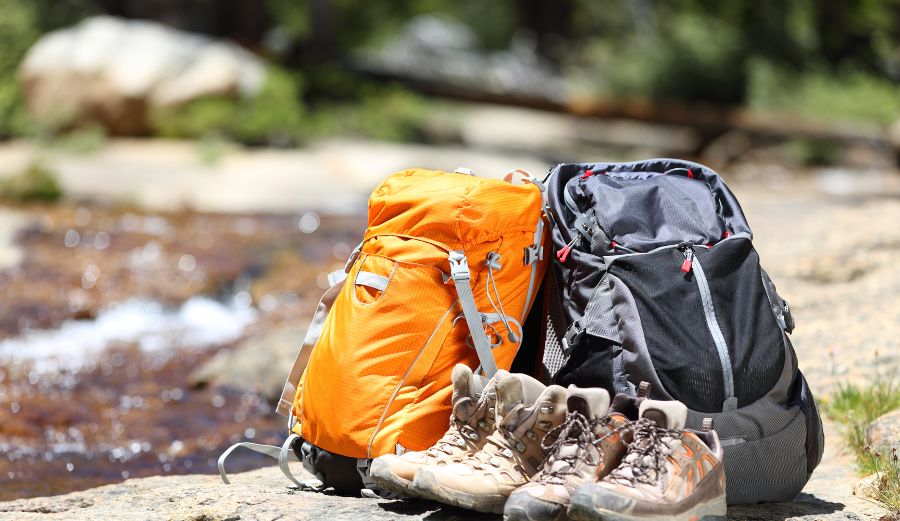
Case Study 1: The Urban Commuter
John’s Dilemma: John commutes to work daily in a bustling city, needing a bag that’s stylish, functional, and comfortable. He often carries a laptop, lunch, and a change of clothes.
Recommendation: A sleek and versatile backpack like the “Aer Day Pack” suits John’s needs ideally. It offers a padded laptop sleeve, multiple compartments for organization, and comfortable shoulder straps for his daily commute.
Case Study 2: The Weekend Traveler
Sarah’s Dilemma: Sarah loves spontaneous weekend getaways. She needs a bag that can handle clothing changes, toiletries, and travel essentials.
Recommendation: Sarah should consider a travel-friendly backpack like the “Osprey Farpoint 40.” It’s designed for short trips, offers ample space, and can be carried on most airlines. Its comfortable straps make it ideal for exploring new destinations.
Case Study 3: The Outdoor Enthusiast
Mike’s Dilemma: Mike is an avid hiker and camper who enjoys extended outdoor adventures. He needs a bag to comfortably carry camping gear, food, and clothing.
Recommendation: Mike should opt for a rucksack designed for hiking and camping, like the “Deuter Aircontact Lite 65+10.” Its large capacity, even weight distribution, and rugged design make it a reliable choice for outdoor excursions.
Case Study 4: The Student
Emma’s Dilemma: Emma is a college student who juggles textbooks, notebooks, and her laptop daily. She’s looking for a durable and spacious bag to handle her academic load.
Recommendation: Emma can consider a sturdy and spacious backpack like the “JanSport Big Student Backpack.” It offers ample storage space and multiple compartments for her academic materials, making it a practical choice for students.
Case Study 5: The Fashionista
Lily’s Dilemma: Lily wants a bag that makes a fashion statement while remaining functional for her city lifestyle.
Recommendation: For a blend of style and utility, Lily can explore fashion-forward backpacks like those from “Fjällräven Kånken” with their unique designs and color options. These backpacks offer both fashion appeal and practicality for daily use.
These real-world examples showcase how individuals with different needs and lifestyles can make informed choices when selecting backpacks or rucksacks tailored to their specific requirements. Always consider your unique circumstances and preferences when making your decision.
Recap: Making the Right Choice Between Rucksack vs Backpack
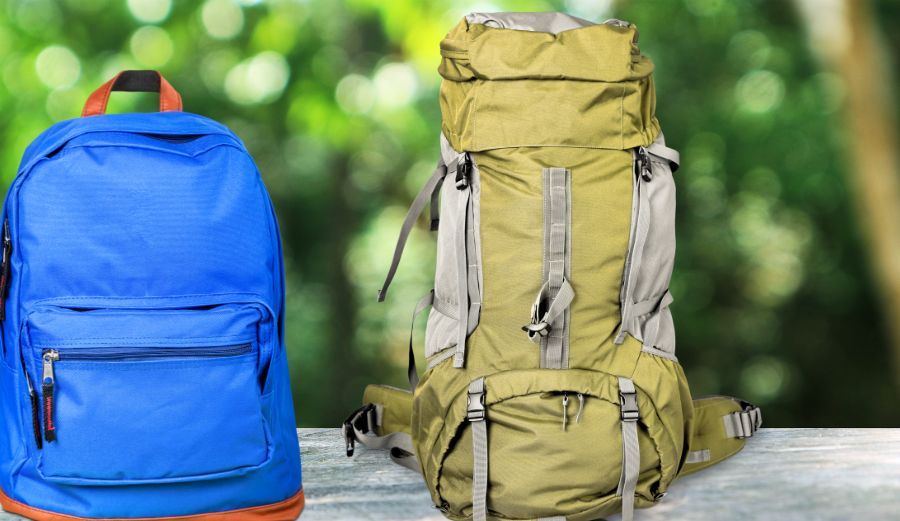
In the world of carry companions, the choice between a rucksack and a backpack is far from arbitrary. It hinges on your unique needs, activities, and preferences. Throughout this exploration of Rucksack vs Backpack, we’ve unearthed essential insights:
- Understanding the Basics: We defined the fundamental differences between rucksacks and backpacks, unraveling their distinct characteristics and historical origins.
- Key Differences: A side-by-side comparison illuminated disparities in size, weight distribution, load capacity, and design, providing a clear roadmap for decision-making.
- When to Choose a Backpack: We discovered that backpacks excel in daily life, commuting, and urban settings. Their versatility and specialized designs cater to a range of scenarios.
- When to Opt for a Rucksack: On the other hand, rucksacks shine in outdoor adventures, extended trips, and activities that demand even weight distribution and robust support.
- How to Make the Right Choice: A comprehensive guide empowers readers to assess their needs, evaluate comfort, consider versatility, reflect on style, and ask pertinent questions to select the ideal bag.
- Real-World Examples and Recommendations: Real-life scenarios showcased how individuals with diverse lifestyles found their perfect bag, emphasizing the importance of matching it to one’s unique needs.
Ultimately, the choice between a rucksack and a backpack is personal. It hinges on what you carry, where you’re going, and how you want to take it. By making an informed decision, you enhance your carrying experience, ensuring that your chosen companion meets your needs comfortably and effectively.
So, whether you’re a city dweller, an adventurer, a student, or a fashion enthusiast, the world of bags offers a perfect match. Remember, it’s not just about choosing a bag; it’s about selecting a reliable companion for your journey, and that choice, like all the best choices in life, is uniquely yours.
